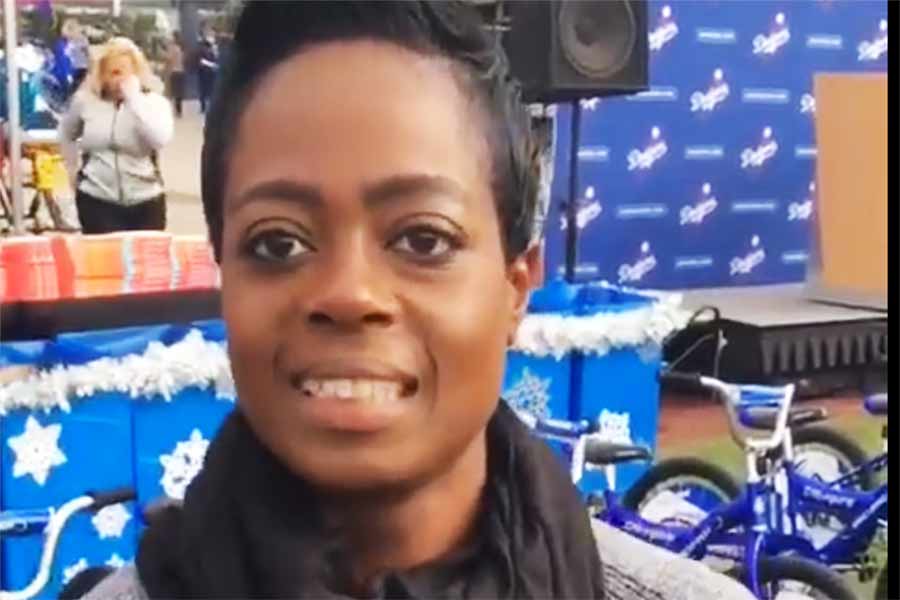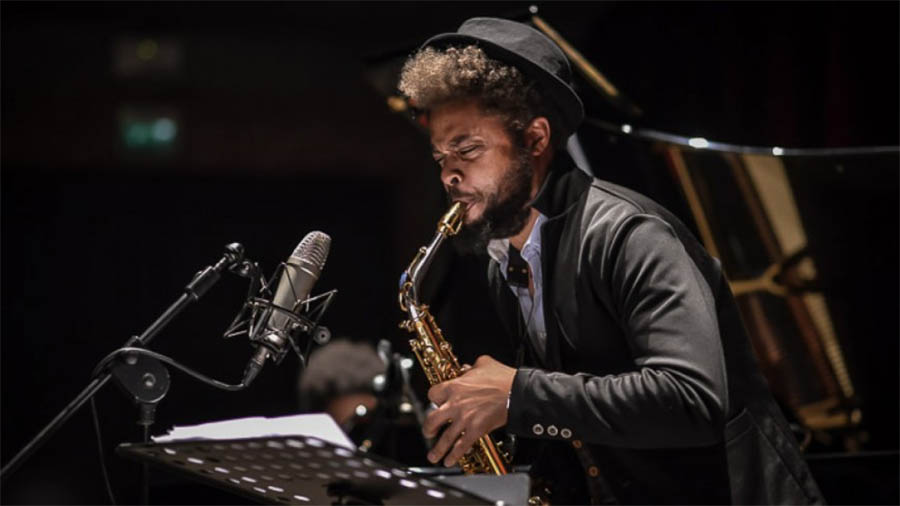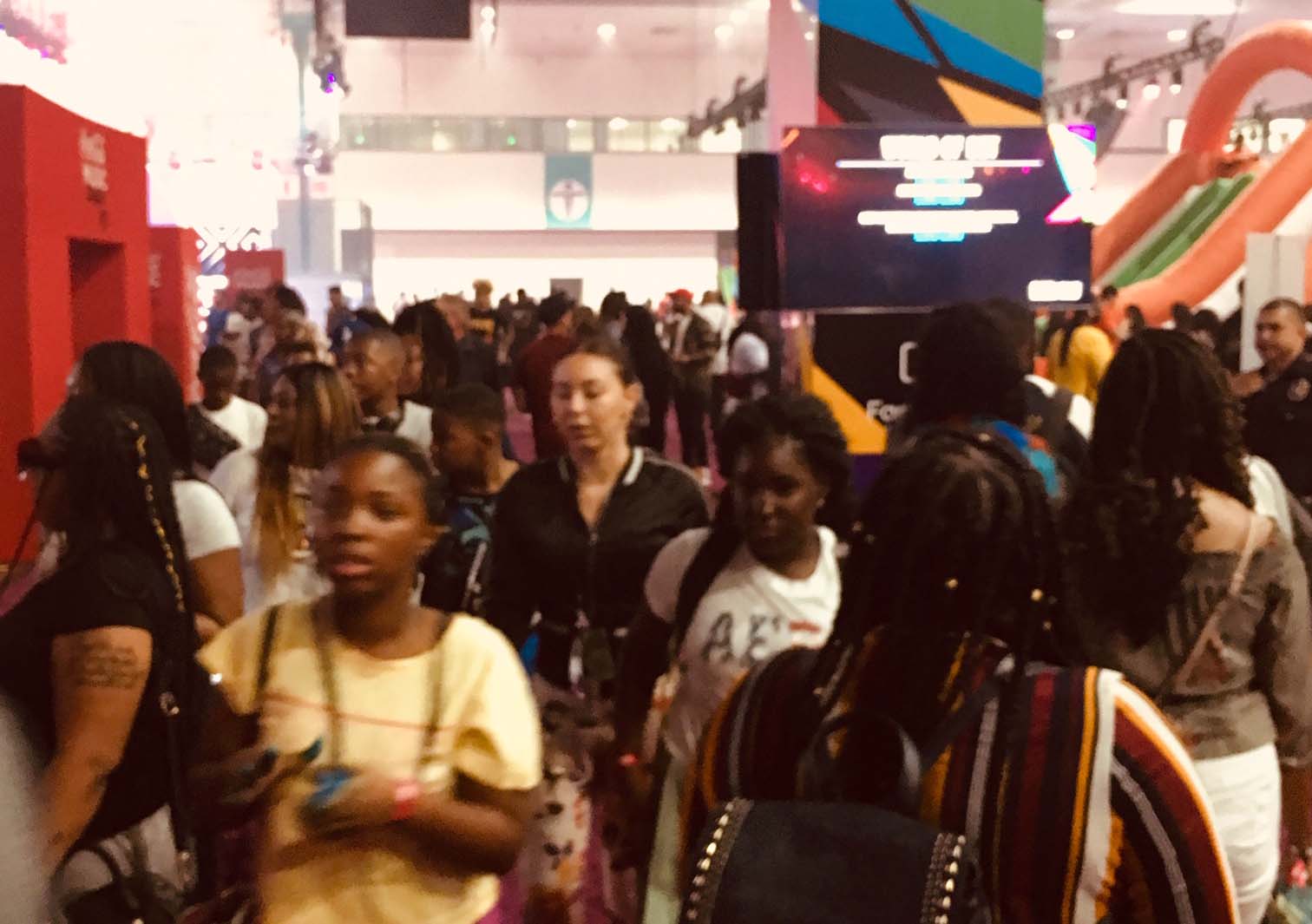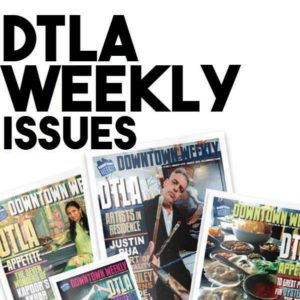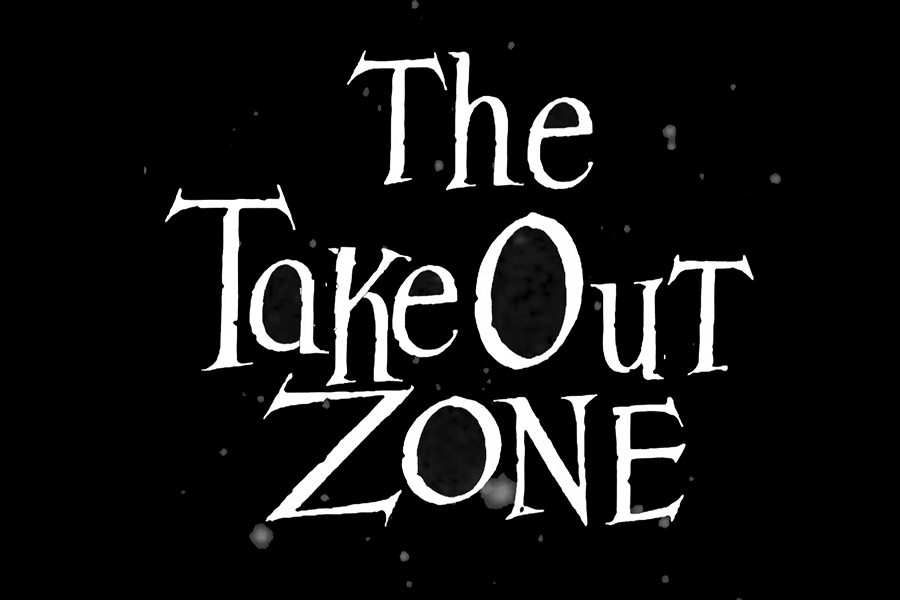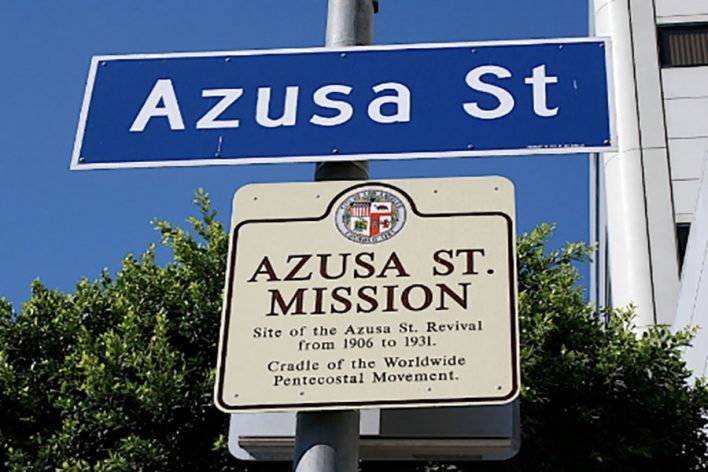
Over a hundred years ago, a seed of the Pentecostal Movement was planted by a son of former slaves. In 1906, the establishment of this multiracial, rich and poor, young and old revival on Azusa Street in Little Tokyo led by Pastor William Joseph Seymour turned everything upside down in Los Angeles.
“All the major churches were trying to figure out how to relate to it,” according to Cecil M Robeck, Jr., professor of church history at Fuller Theological Seminary and an authority on the Pentecostal movement.
Today, the seed that Pastor Seymour planted has created a multiracial movement throughout America, Europe, Africa, Asia and Latin America. The Pentecostal church is one of the fastest growing religious movements in the world.
Seymour is one of the 100 most important people, and the Pentecostal movement is one of the most important events in the history of the millennium, according to the “Life Millennium Collector’s Edition.”
Yet the amazing story of Pastor Seymour is hardly known outside of Pentecostal circles. The breadth of his impact on the world has not been fully appreciated, up to now, but the power of this river of faith, the historical and cultural impact of this faith is contributing to the dream of a multicultural Los Angeles and a world community.
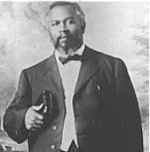
The Pentecostal Movement is important to Los Angeles and America because it was founded in Los Angeles and it is an American multicultural religious movement with worldwide impact. In this regard, William Seymour stands shoulder- to- shoulder with Nelson Mandela, Martin Luther King and other great leaders of African descent in the 20th century.
The site of the Azusa Street Mission involves another notable person of African American ancestry – Ms. Biddy Mason. Biddy Mason, a former slave, who became a wealthy businesswoman in Los Angeles, founded the First AME (African Methodist Episcopal) church at 312 Azusa Street in what is now Little Tokyo. She sold the property to William Seymour which became the Azusa Street Mission.
Knowing neither of the Mission’s existence nor its historical significance, Isamu Noguchi, a world-renowned sculptor, convinced Mayor Bradley, the first African American Mayor of Los Angeles, to build a plaza on the site of the Azusa Street Mission. A theatre had been planned for the site. In 1980, Tom Bradley was able to convince the Japanese American Cultural and Community Center Board of Directors to create a plaza on the Azusa Street Mission site and locate the planned theater at its present location. The Friends of Little Tokyo Arts (FOLTA) orchestrated the project development with the Community Redevelopment Agency.
Tom Bradley believed that the strength of Los Angeles was the diversity of its people and he created an inclusive political framework for the City. Mayor Bradley accomplished this by empowering ethnic minorities to become part of the City’s workforce through an aggressive Affirmative Action Program. Mayor Bradley brought the 1984 Olympics to Los Angeles, by then one of the most ethnically diverse cities in the world, where Olympians from over 85 countries were welcomed by Angelinos.
In 1987, Pope John Paul II visited Los Angeles and was received at the Aratani Theater at Noguchi Plaza. A reception for the Pope was based upon a multi-faith theme. A consultant for the Los Angeles Diocese, Father Vivian Ben Lima, explained the multi-faith reasoning: “The theological idea is that no religion is isolated, but each somehow affects all of the others.”
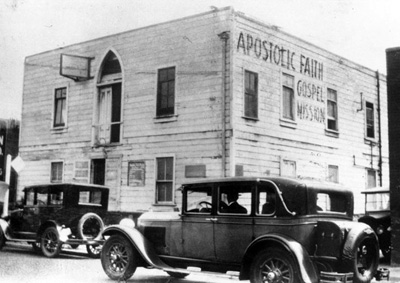
Over a half billion Pentecostals, worldwide, have been inspired by the amazing events that closely parallel the Biblical story of Pentecost, and that took place over a century ago at the Mission.
The Azusa Street Mission Foundation and the Tom Bradley Legacy Foundation at UCLA are working with the community to envision and implement the Azusa Street and SpiritWalk Promenade to help provide the soul to the growing downtown urban center and create economic development opportunities.
The dynamic forces that have brought people from around the world to Los Angeles continue today. The economic and social wake of Pacific Rim change is enhancing Los Angeles’ role in contemporary multiculturalism. An economic strength of Los Angeles is rooted in the dreams of its citizens and visitors from diverse cultural heritages. As a unique “birthplace of multiculturalism” the City of Angels has an opportunity over a hundred years later to acknowledge and build upon an origin of inclusiveness which was the Azusa Street Mission.
[/ihc-hide-content]
